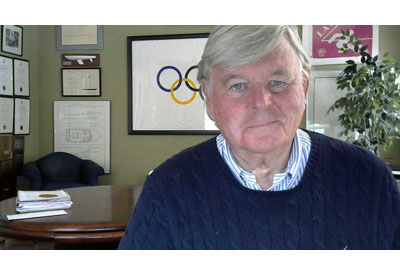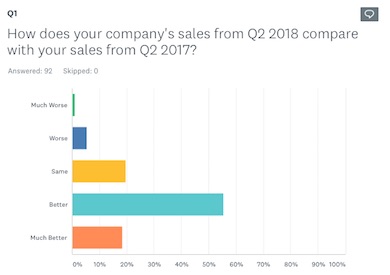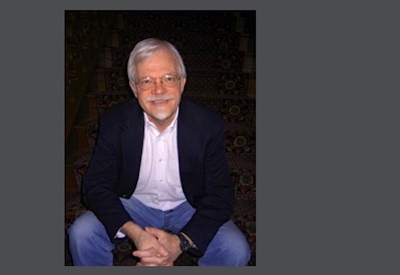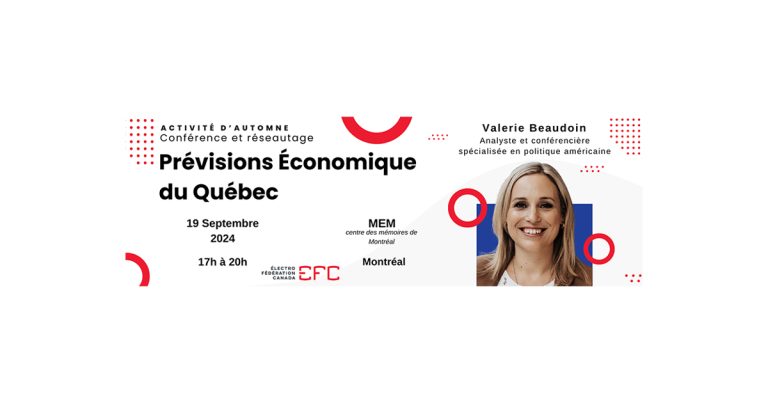Reimagining Distribution
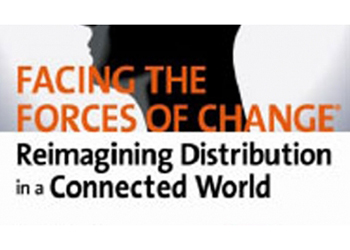
I recently attended a seminar that featured a presentation by a successful distributor in the container and packaging business. The presenter was Andrew Berlin of Berlin Packaging out of Chicago. Berlin’s presentation turned distribution inside out and offered a unique way to run wholesale distribution.
This presentation was facilitated by Guy Blissett, author of Facing the Forces of Change, Reimagining the Distributor. Guy will also be presenting at the Electrical Council conference in Montreal next week.
Berlin began his presentation with the first thing a company needs: the right mind set “to improve our customers’ bottom lines.”
That means increasing their sales, reducing their costs and improving their productivity. To do that, Berlin has set up a number of divisions in his company: a division that develops packaging solutions, another division that handles financial services, one that does global purchasing, and still another to offer operational consulting to their customers and build long-term relations.
Rather than offer his customers products and services, Berlin offers them services that save them money. He is not looking for a way to get customers to pay for his services; rather, he is explaining to the customer how much they are saving by using his services. It is not about cost to the customer, it is about savings for the customer.
To that end, Berlin closely tracks his company’s performance and prepares it in a way that shows the customer how they are saving money using his services. The company tracks how much money they save for each of their long-term customers, and produces a yearly report for each customer on agreed-upon dollars of savings. Last year alone, they saved their core customers $85 million. They track the savings and they let their customers know.
Once you start on this path, it becomes more clear what next steps your company needs to take. “We are evolving to focus even more on the emotional drivers for our customers and us,” says Berlin.
When you are into saving your customers money, you can develop a completely different relationship than if you are perceived as being an expense. On one side, you are in the tent helping to reduce outside costs, and on the other, you are outside the tent as one of the obstacles that need to be reduced. Like an employee, you are either viewed as an asset or as an expense.
How does this apply to our industry?
Every wholesale distributor saves their customers money: from timely deliveries, to credit, to solutions. What is the cost to a factory to shut down because of a broken part that cannot be replaced that day? What is the cost of a project that is delayed because of the wrong product delivered?
Some companies arguably must save their customers more money than others (better, faster deliveries, more helpful and informed staff, better inventory, better solutions). In fact, some businesses are using this service advantage to differentiate themselves from their competitor. They are letting their customers know just how great their service is by showing it to the customer in saved dollars.
Note: years ago, the Electrical Council worked with a consultant named Tim Underhill to develop a book entitled, Value-added Selling. This book, which is still available, goes through how you can break down all of your services into dollars — dollars that are being saved by your customer. At the time, some of our distributors used the concepts in this book with their customers and developed something similar to what Andrew Berlin referenced in his presentation.
If you are interested in receiving a copy of this book (no charge to Electrical Council members), please email me at rmccarten@electrofed.com.
Rick McCarten is Vice President, Electrical Council, Electro-Federation Canada.


